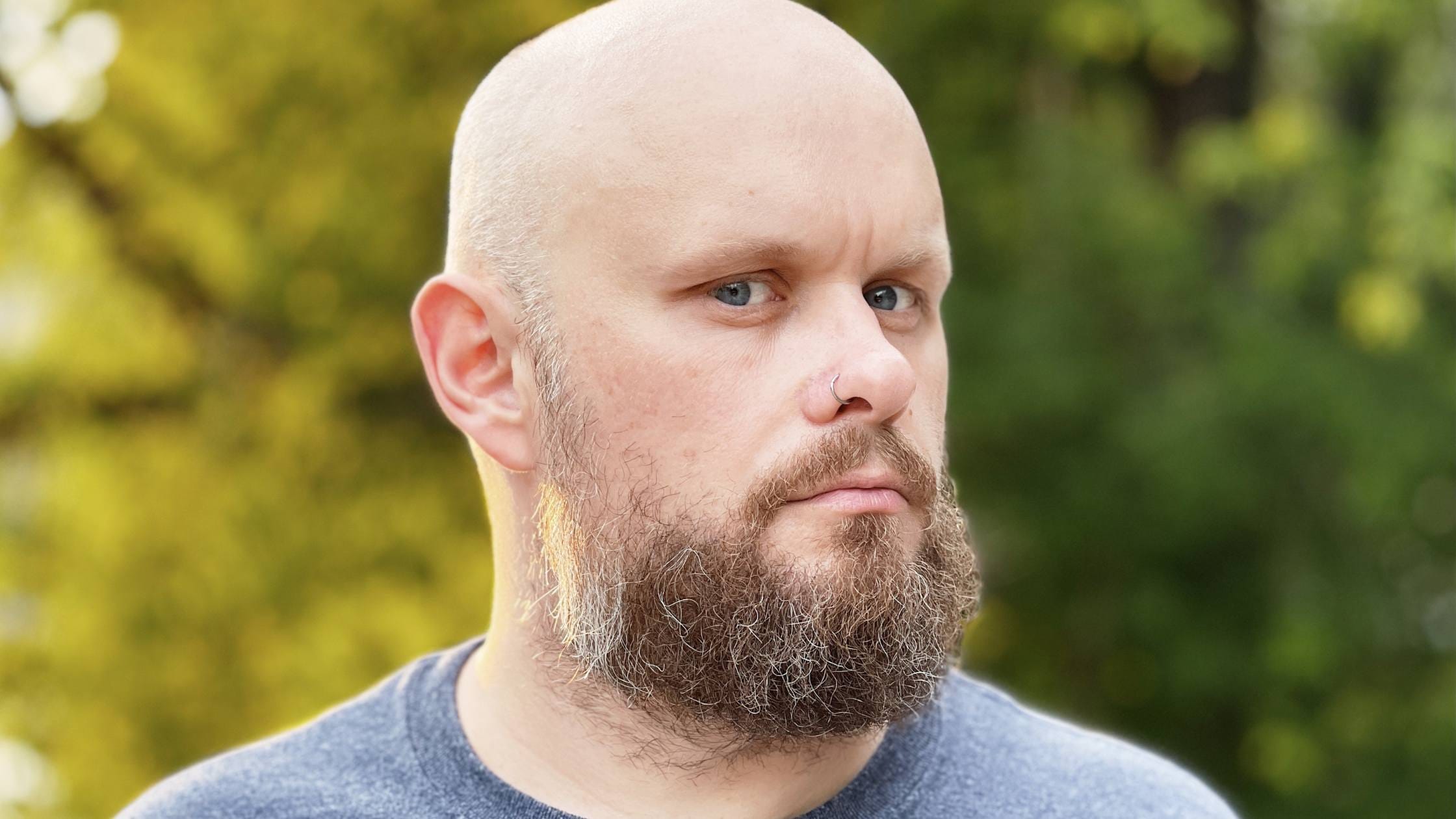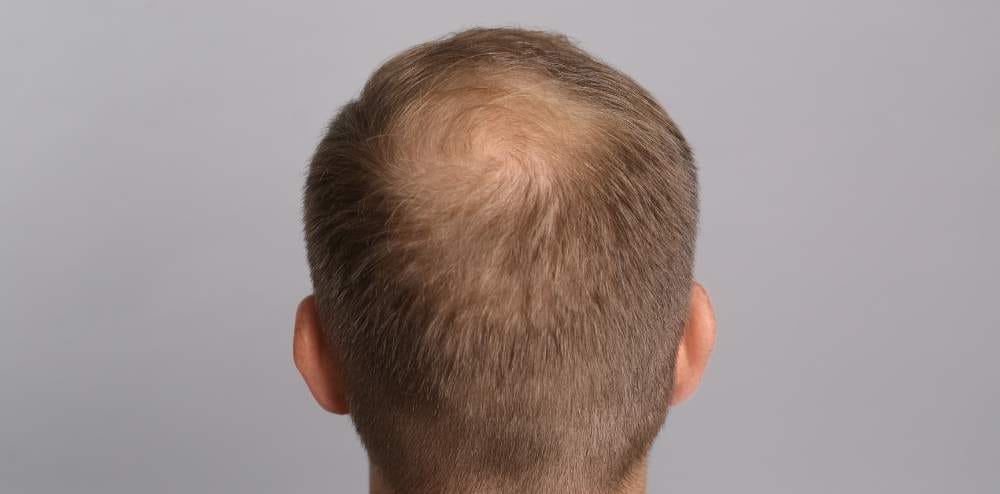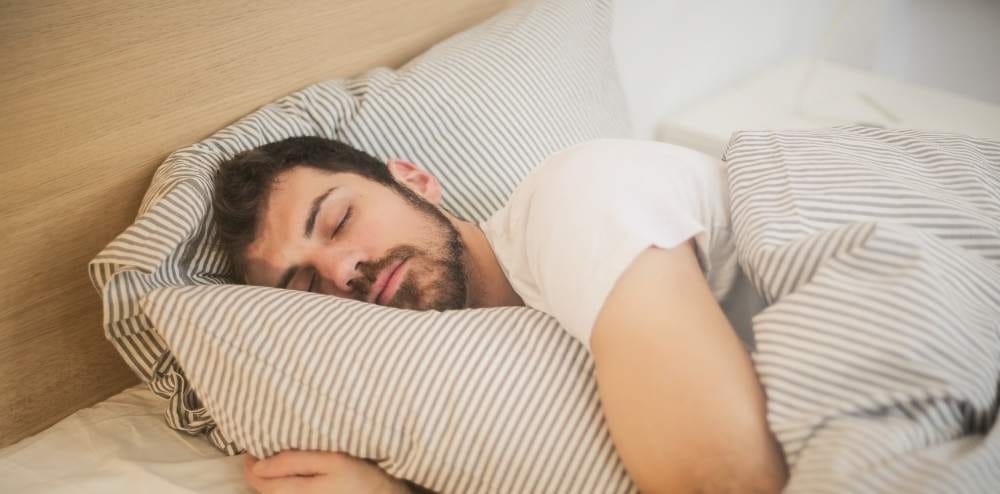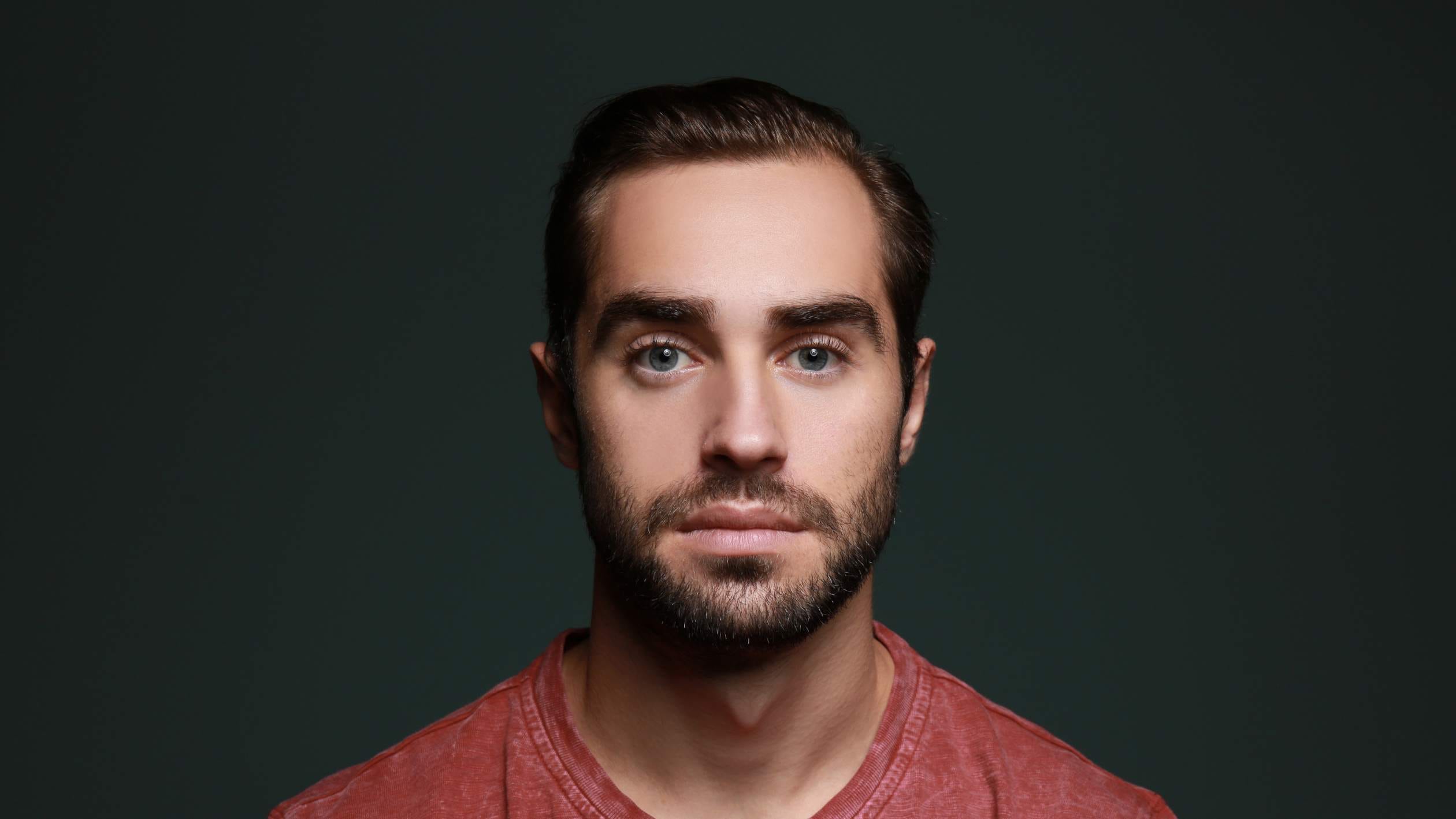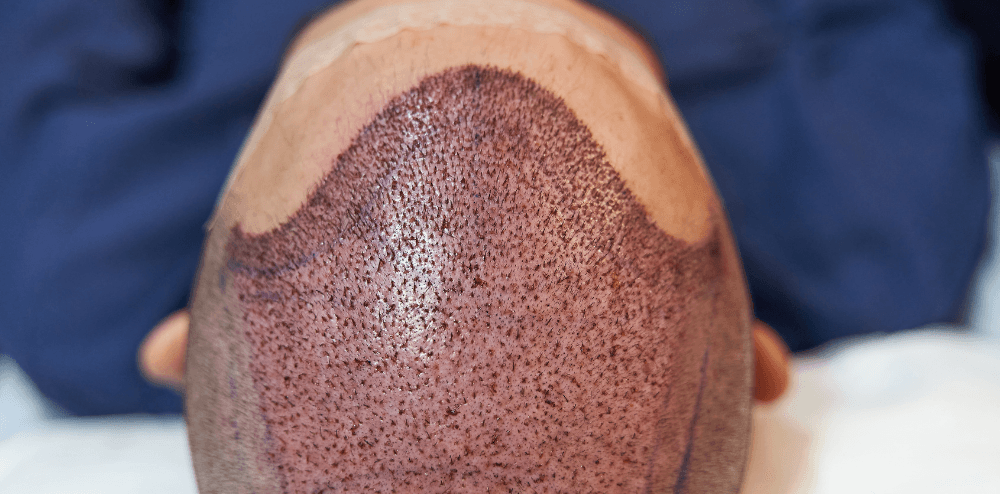Surgery provides paramount life-changing benefits to people who experience hair loss yet active sportspeople worried about how this procedure influences their workout routines. To achieve optimal healing alongside enduring results people should understand how their body recovers after the transplant operation.
Why Exercise After a Hair Transplant Requires Caution
The surgical process of placing hair follicles into the scalp takes place through Follicular Unit Extraction (FUE) and Direct hair Implantation (DHI) techniques. After the surgery, the maintained grafts demand an essential anchoring period.
Strong physical activity during the early postoperative period increases both the chances of bleeding and swelling.
High blood pressure and heart rate levels result in extended bleeding and swelling.
The high level of sweating following the transplant procedure creates scalp irritation that raises infection risks.
The swift movements of your body can cause both accidental injuries and dislocation of your hair grafts.
When Can You Resume Workouts?
Athletes seeking to return to fitness exercises must use a gradual return-to-activity method.
The beginning period of 3-5 days requires full rest. All exercise and sweating activities must be completely avoided. Before engaging in exercise activities focus on hydration and strictly adhere to all post-operative guidelines.
The patient can perform light walking movements combined with stretching exercises at this point. The skin needs full protection from direct sun exposure so athletes should wear a loose hat for protection.
Following two weeks patients can return to moderate activities however contact sports together with weightlifting must remain off-limits.
Most standard workouts return after 1 Month yet the individual must use caution for physical activities that cause heavy sweating or excessive bending or intense movement of the scalp.
The athlete can resume all activities including weightlifting together with running and participation in contact sports at the 3-month mark.
Protecting Your Transplant During Exercise
The best healing environment for athletes can be achieved through these steps:
Blood circulation and healing will improve by maintaining proper fluid intake.
Exercising in temperatures below 75 degrees Fahrenheit along with decreasing workout intensity will help reduce sweating levels.
Businessmen should use fresh headbands or caps to guard their scalp while avoiding friction.
They need to follow all instructions regarding post-surgical care that their surgeon gives.
Conclusion
The return to regular workouts should be done with great care after hair transplant surgery through adherence to a specific recovery schedule to protect the final outcomes. At Estevitalya patients receive specialized post-op care which involves experts making recommendations tailored to meet their personal lifestyle needs including the ability to engage in sports. Athletic individuals who value recovery will get both excellent physical fitness and complete hair restoration.


